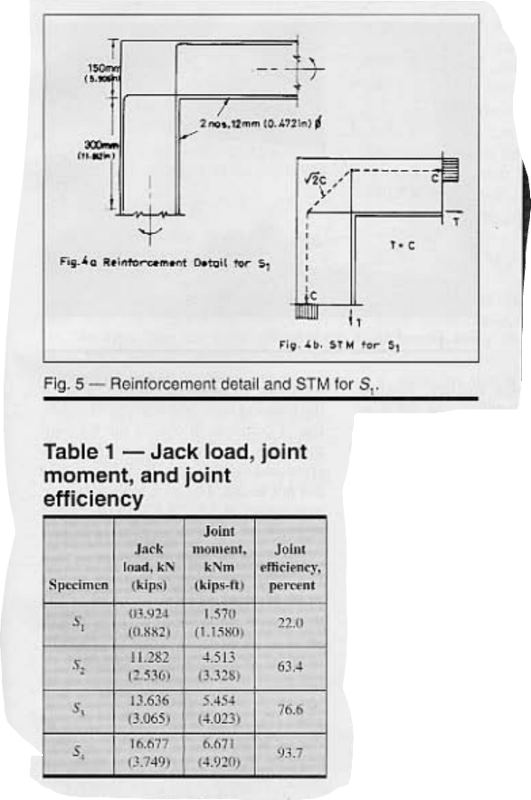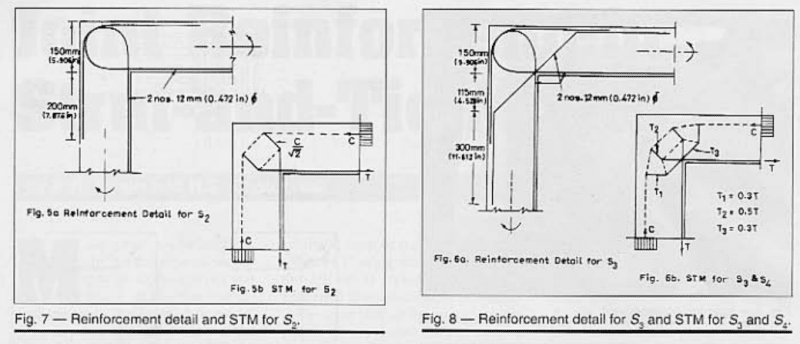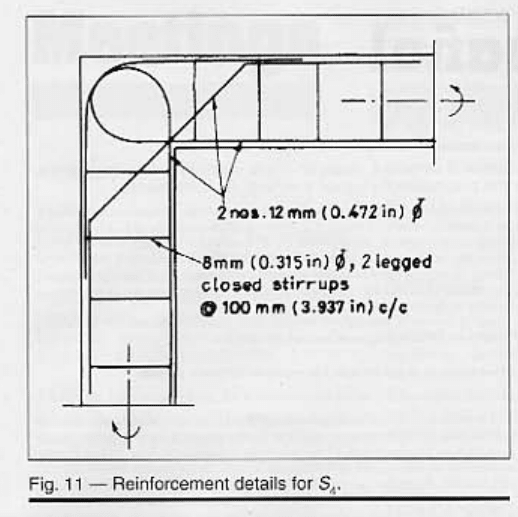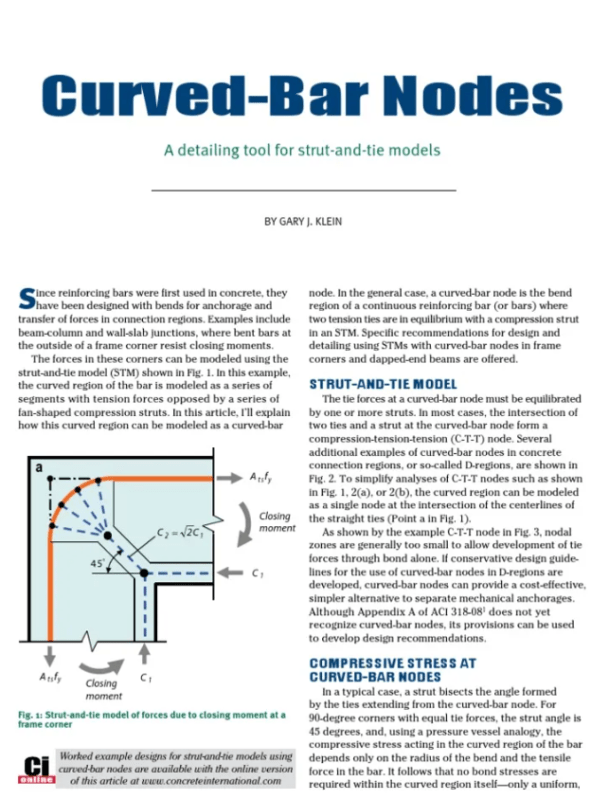Hi all, I am currently developing a spreadsheet to streamline the strut-and-tie design of concrete knee joints, cantilever retaining walls, etc.
One issue I am facing is for the 'opening' case. The Australian standard states that 50% of the development of the reinforcement must extend beyond the nodal zone. This means that the face of the node can only begin where the reinforcement bend occurs (i.e. at the straight portion).
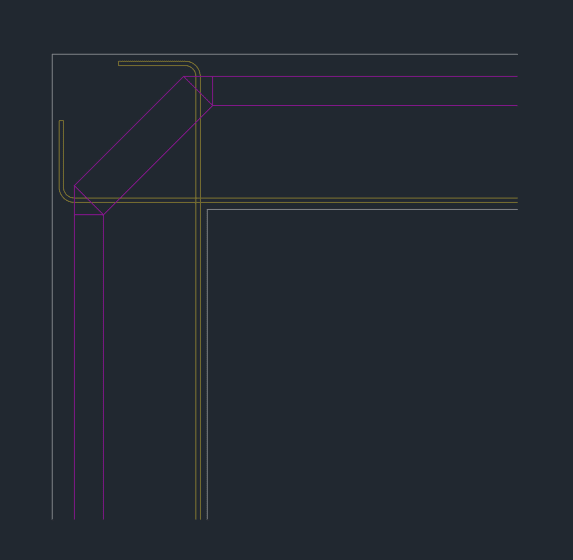
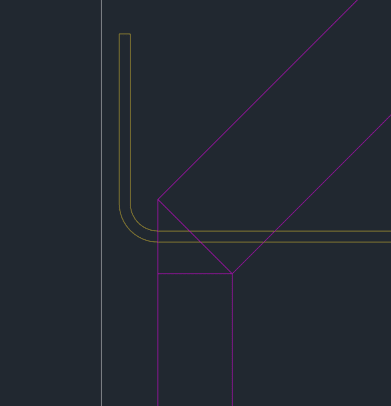
Obviously this means that the struts in the members cannot extend to the face of the member, which is often how these types of problems are presented in textbooks etc, see below.
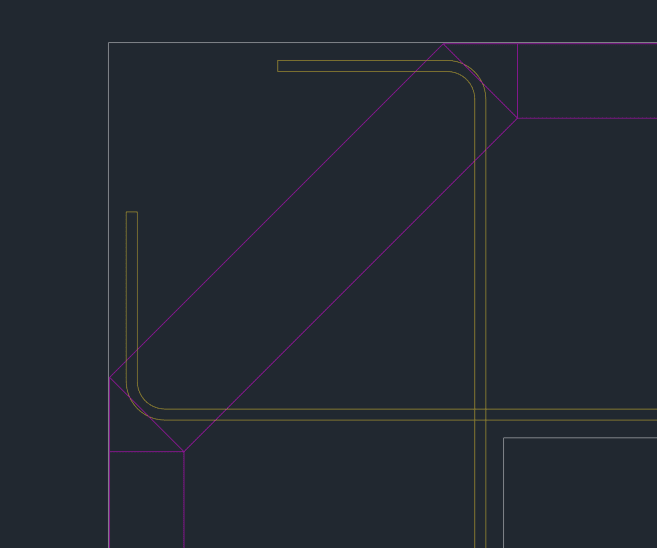
Any thoughts on how to resolve this? Or possibly this is simply the correct way of doing it?
One issue I am facing is for the 'opening' case. The Australian standard states that 50% of the development of the reinforcement must extend beyond the nodal zone. This means that the face of the node can only begin where the reinforcement bend occurs (i.e. at the straight portion).


Obviously this means that the struts in the members cannot extend to the face of the member, which is often how these types of problems are presented in textbooks etc, see below.

Any thoughts on how to resolve this? Or possibly this is simply the correct way of doing it?


